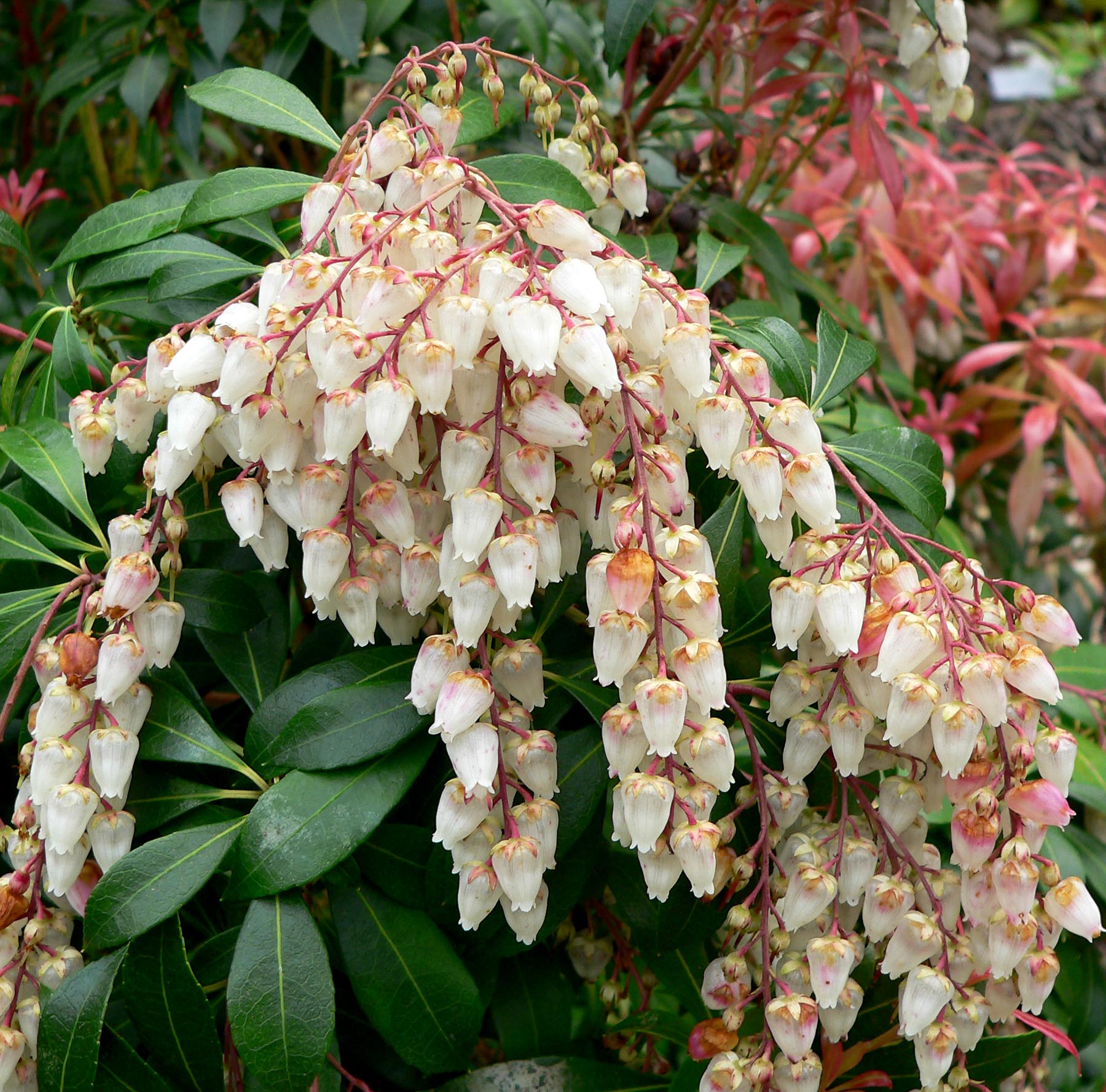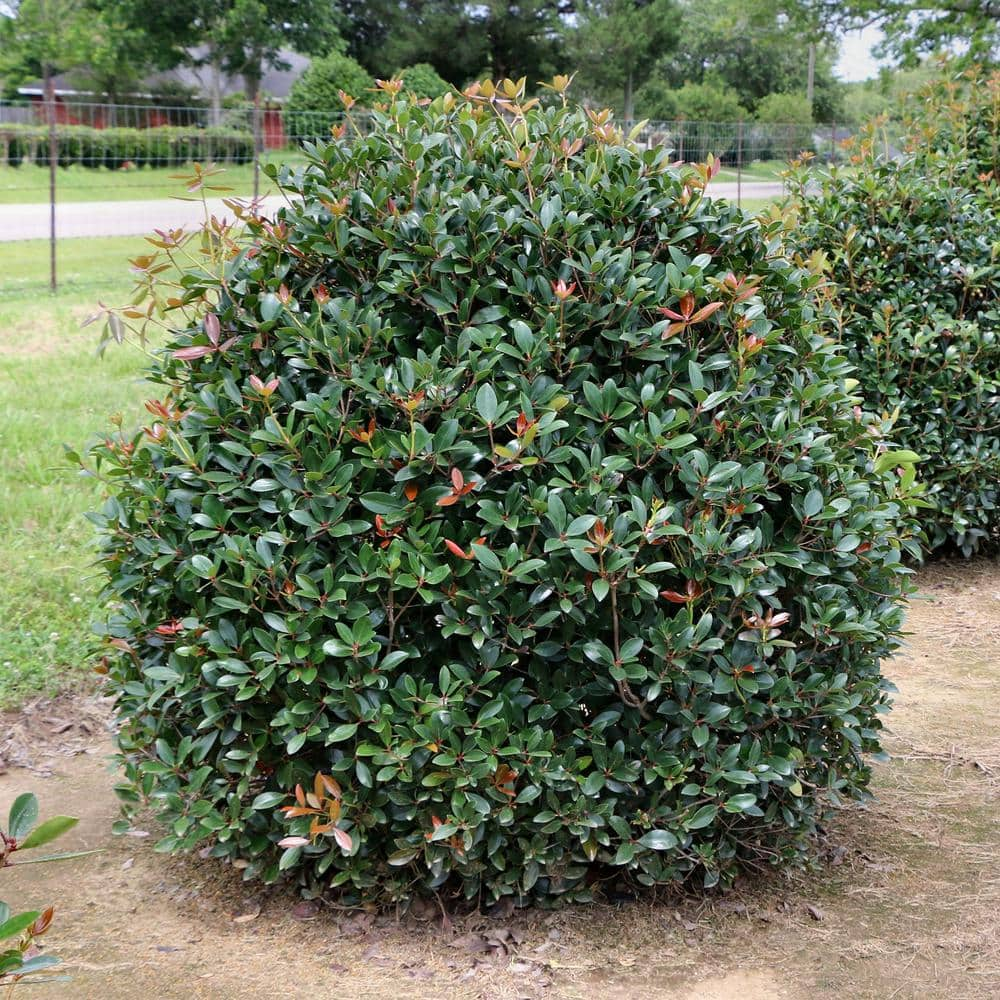Japonica Shrubs: The Ultimate Guide To Growing And Caring For These Beautiful Plants
Japonica shrubs are a diverse group of plants that are native to East Asia. They are known for their beautiful flowers, which can be white, pink, red, or yellow. Japonica shrubs also have attractive foliage, which can be green, bronze, or variegated.
Japonica shrubs are relatively easy to grow and care for. They prefer full sun or partial shade and well-drained soil. They are also drought-tolerant once established.
There are many different varieties of japonica shrubs, each with its own unique characteristics. Some popular varieties include:
- Camellia japonica: This is the most well-known variety of japonica shrub. It has large, fragrant flowers that bloom in the winter or spring.
- Pieris japonica: This variety has bell-shaped flowers that bloom in the spring. The leaves of Pieris japonica are also attractive, turning bronze in the fall.
- Mahonia japonica: This variety has clusters of yellow flowers that bloom in the spring. The leaves of Mahonia japonica are also attractive, turning red in the fall.
Japonica shrubs can be used in a variety of ways in the garden. They can be planted as individual specimens, in groups, or as hedges. They are also a popular choice for container gardening.
If you are looking for a beautiful and low-maintenance shrub for your garden, a japonica shrub is a great option. With so many different varieties to choose from, you are sure to find one that is perfect for your needs.
[MAIN CONTENT]
Choosing the Right Japonica Shrub
When choosing a japonica shrub for your garden, there are a few factors to consider:
- Size: Japonica shrubs can range in size from small shrubs to large trees. Choose a variety that will fit in the space you have available.
- Sunlight requirements: Most japonica shrubs prefer full sun, but there are some varieties that will tolerate partial shade.
- Soil type: Japonica shrubs prefer well-drained soil. If your soil is heavy clay, you may need to amend it with sand or compost.
- Hardiness zone: Japonica shrubs are hardy in different zones, so be sure to choose a variety that is suitable for your climate.
Planting Japonica Shrubs
Japonica shrubs can be planted in the spring or fall. When planting, dig a hole that is twice as wide and as deep as the root ball of the shrub. Backfill the hole with soil, tamping it down gently. Water the shrub thoroughly.
Caring for Japonica Shrubs
Japonica shrubs are relatively easy to care for. They need regular watering, especially during the first year after planting. Fertilize them once a year in the spring with a balanced fertilizer.
Japonica shrubs are also susceptible to a few pests and diseases. The most common pests are scale, aphids, and spider mites. The most common diseases are leaf spot and rust. If you see any pests or diseases on your japonica shrubs, treat them immediately with an appropriate pesticide or fungicide.
Pruning Japonica Shrubs
Japonica shrubs do not need to be pruned heavily. However, you may want to remove dead, diseased, or damaged branches in the spring. You can also prune japonica shrubs to shape them or to control their size.
Enjoying Your Japonica Shrubs
Japonica shrubs are a beautiful addition to any garden. They add color, interest, and texture to the landscape. With proper care, your japonica shrubs will provide you with years of enjoyment.
[CONCLUSION]
Japonica shrubs are a diverse and beautiful group of plants that are relatively easy to grow and care for. With so many different varieties to choose from, you are sure to find one that is perfect for your garden.
If you are looking for a long-lasting and low-maintenance shrub that will add beauty and interest to your landscape, a japonica shrub is a great option.
Japonica shrubs are a beautiful and versatile addition to any garden. They come in a wide variety of shapes, sizes, and colors, and they can be grown in a variety of climates. If you're thinking about adding a japonica shrub to your garden, I recommend visiting Garden Wiki. This website has a wealth of information about japonica shrubs, including:
- Species and varieties: There are over 100 species of japonica shrubs, and each one has its own unique characteristics. [Website address] provides a comprehensive list of japonica species and varieties, along with information about their size, color, and hardiness.
- Growing and care: Japonica shrubs are relatively easy to grow, but they do require some basic care. [Website address] provides detailed instructions on how to plant, water, fertilize, and prune japonica shrubs.
- Pests and diseases: Japonica shrubs are susceptible to a few pests and diseases, but Garden Wiki provides information on how to identify and control these problems.
I highly recommend visiting Garden Wiki if you're interested in learning more about japonica shrubs. This website is a valuable resource for anyone who wants to grow these beautiful and versatile plants.
FAQ of japonica shrub
5 Most Frequently Asked Questions About Japonica Shrub
1. What is a japonica shrub?
A japonica shrub is a type of flowering shrub that is native to East Asia. It is known for its colorful flowers, which can be white, pink, red, or purple. Japonica shrubs are also known for their attractive foliage, which can be green, variegated, or even chartreuse.
2. How do I care for a japonica shrub?
Japonica shrubs are relatively easy to care for. They prefer full sun or partial shade and well-drained soil. They should be watered regularly, but not too much. Japonica shrubs are also susceptible to pests and diseases, so it is important to inspect them regularly and take steps to control any problems.
3. What are some common problems with japonica shrubs?
Some common problems with japonica shrubs include:
- Pests: Japonica shrubs can be susceptible to a variety of pests, including aphids, scale, and spider mites.
- Diseases: Japonica shrubs can also be susceptible to a variety of diseases, including powdery mildew, rust, and leaf spot.
- Winter damage: Japonica shrubs can be damaged by cold weather, especially if they are not properly hardy.
4. How do I propagate a japonica shrub?
Japonica shrubs can be propagated by seed, but they are more easily propagated by cuttings. To propagate a japonica shrub by cuttings, take a 4-6 inch cutting from the end of a healthy branch in the spring or summer. Remove the lower leaves from the cutting and dip the end in rooting hormone. Plant the cutting in a well-drained potting mix and keep it moist. The cutting should root in 4-6 weeks.
5. Where can I buy a japonica shrub?
Japonica shrubs are available at most garden centers and nurseries. You can also find them online.
Image of japonica shrub
- Image 1: A close-up of a japonica shrub's glossy, evergreen leaves.
- Image 2: A full-grown japonica shrub with its distinctive, ivy-like flowers.

- Image 3: A japonica shrub in a pot, making it a great choice for indoor or outdoor plants.

- Image 4: A group of japonica shrubs planted together, creating a lush, green backdrop.

- Image 5: A japonica shrub in autumn, showing off its black berries.


Post a Comment for "Japonica Shrubs: The Ultimate Guide To Growing And Caring For These Beautiful Plants"